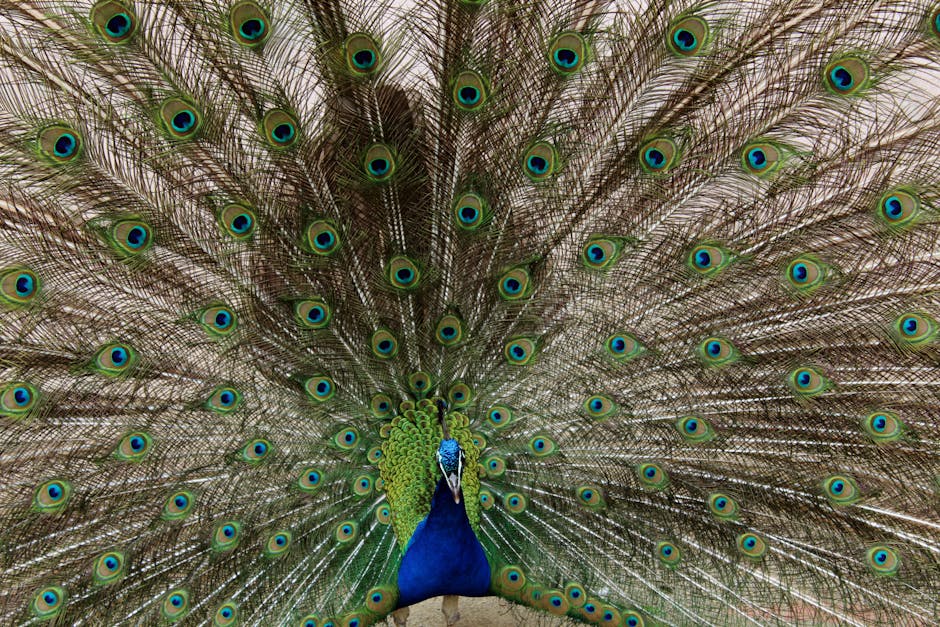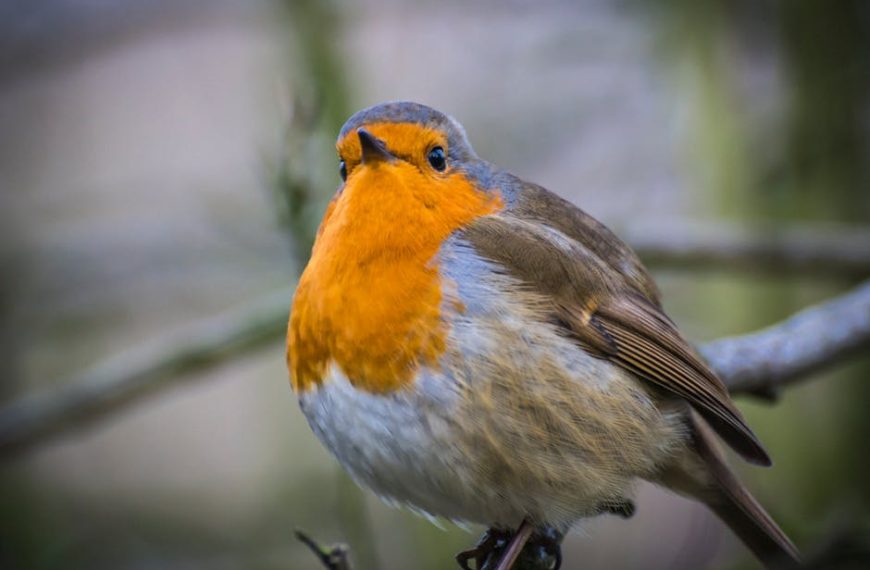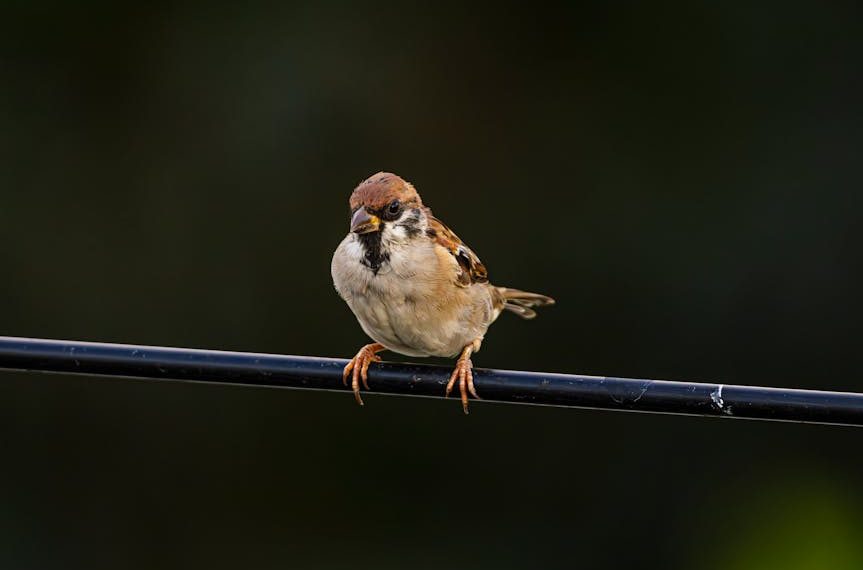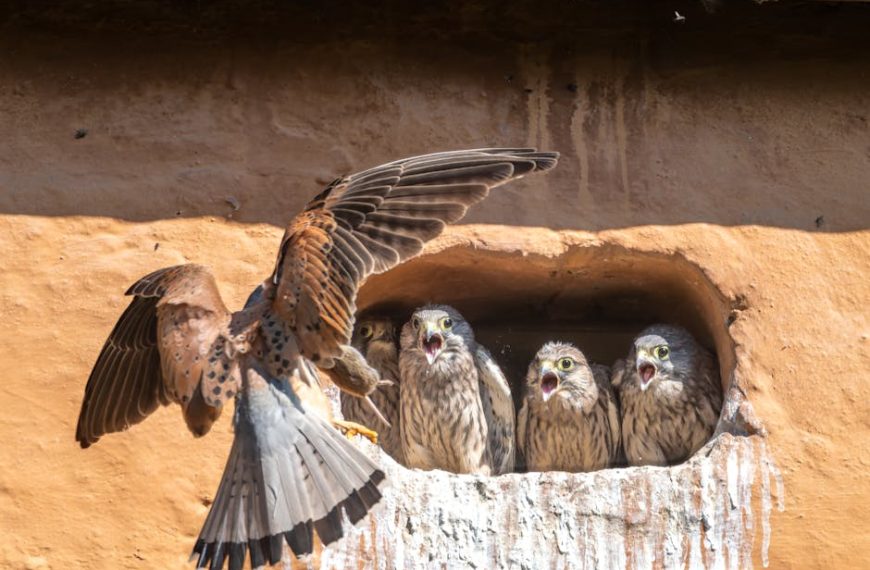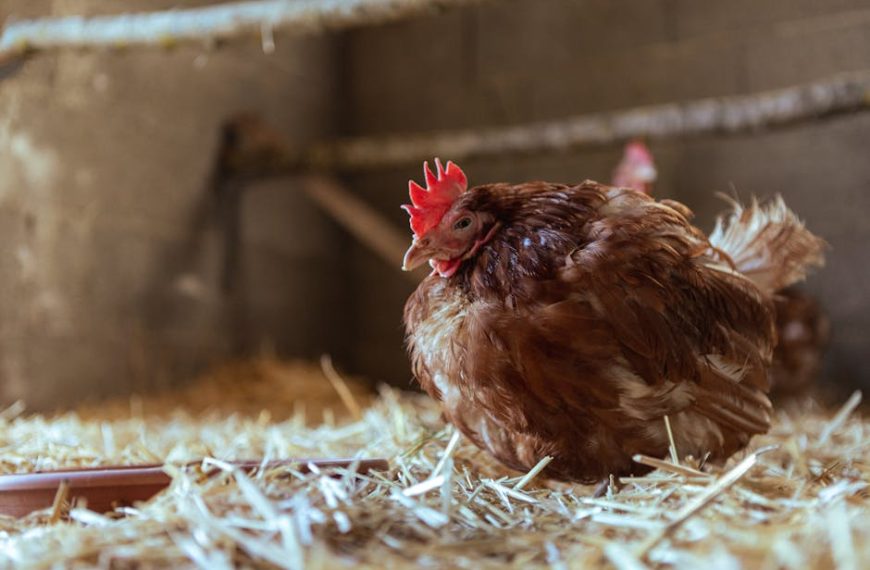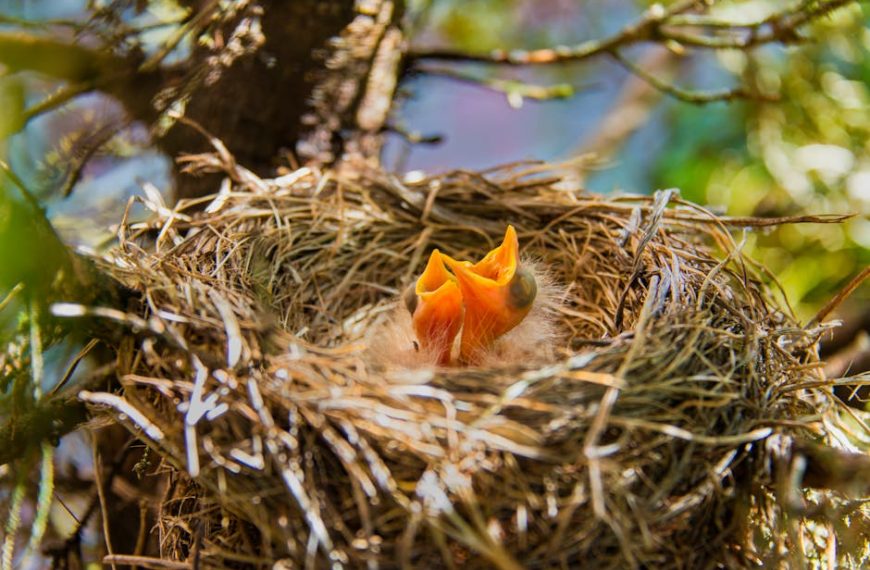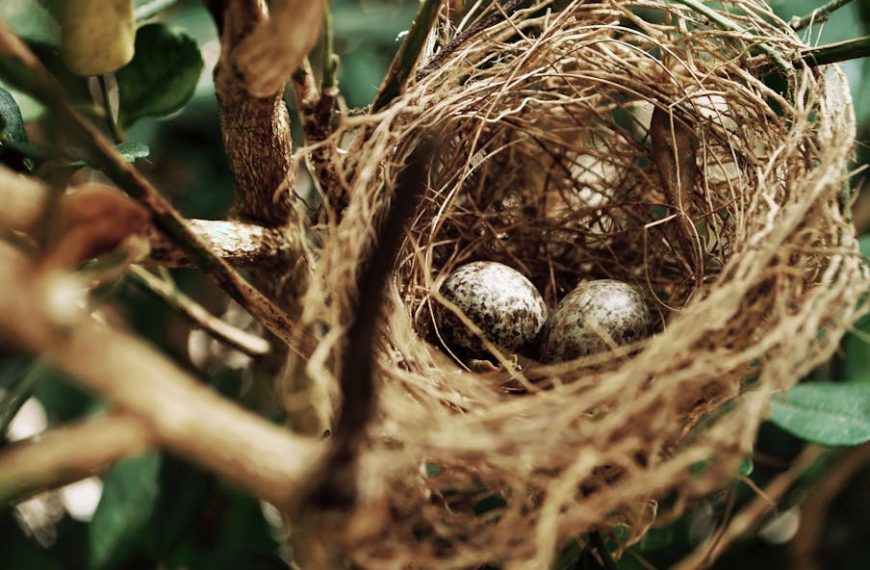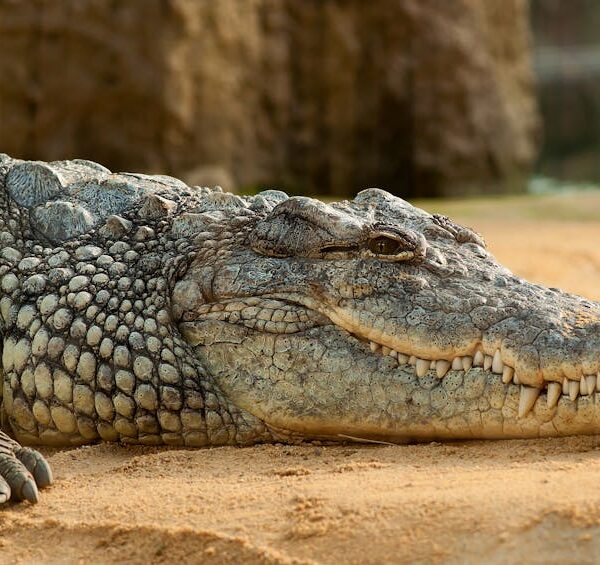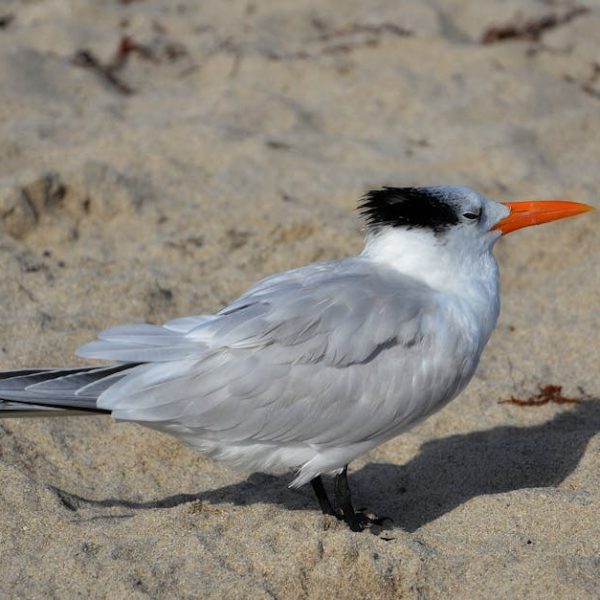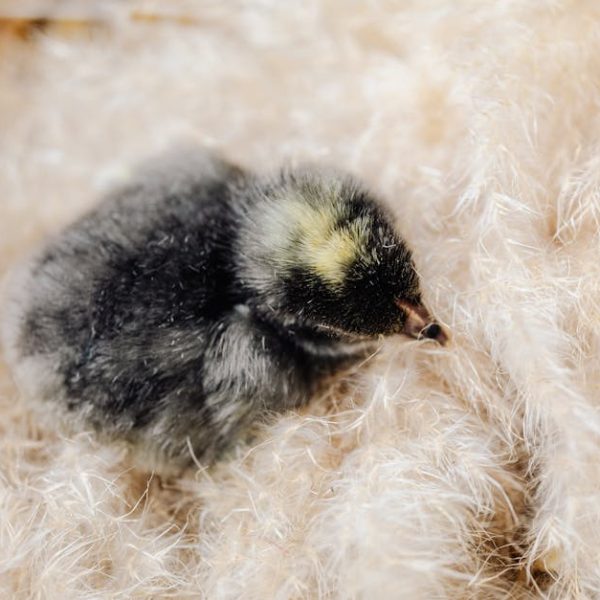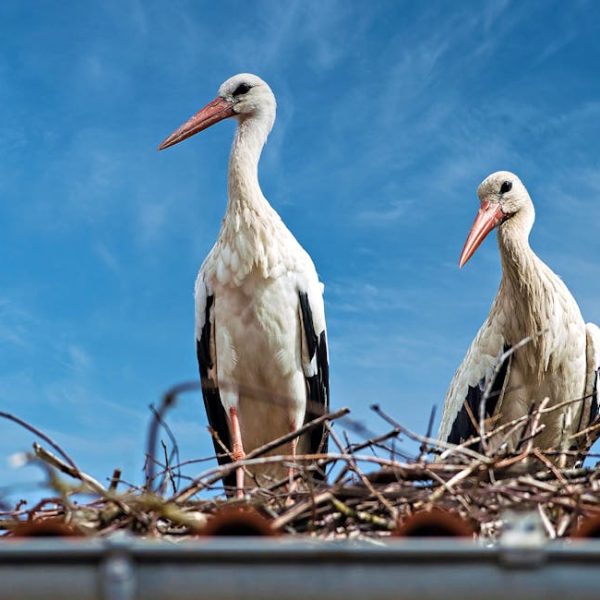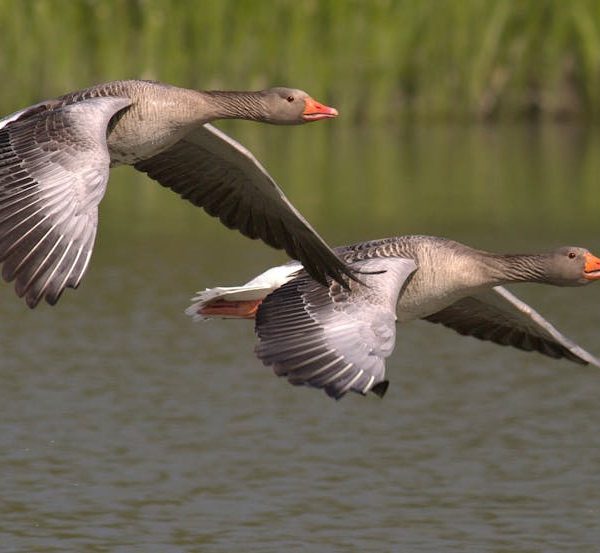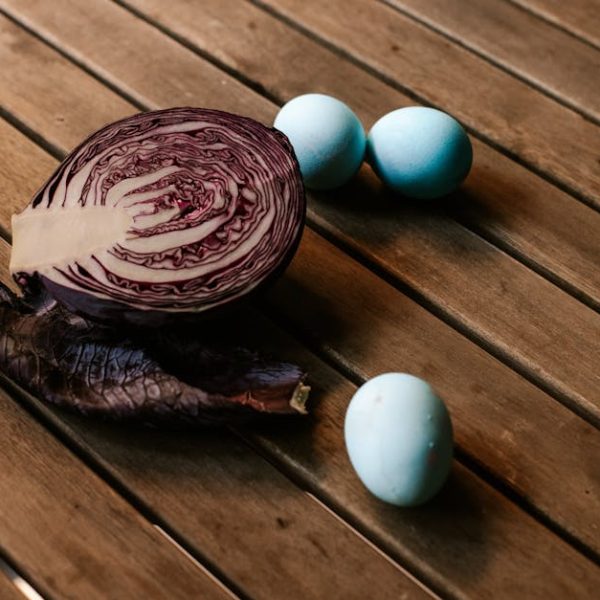Bird reproduction is a fascinating, complex process that involves a blend of behaviors and physical transformations, carried out in well-coordinated stages. It goes way beyond the surface of what’s visible to the naked eye, involving intricate courtship rituals, a unique mating process, the formation and laying of eggs, and ensuring the survival of the offspring. Additionally, indirect human influence plays a part, often challenging these natural processes and emphasizing the importance of conservation efforts.
Bird Courtship and Mating Rituals
Bird courtship is a spectacle of nature, each species having its own unique way of wooing a potential mate. Birds charm their counterparts with an array of tools such as vibrant feathers, melodious songs, intricate dances and building extravagant nests. Some birds like the male peacock fan out their striking feathers, while others like the nightingale offer serenades. Albatross pairs perform elaborate dances, and bower birds create brilliant, decorated nests to prove their suitability to potential mates.
Pro Tip: Courtship behavior is more prominent during the breeding season. Birdwatching in early spring often yields the sight of these fascinating antics. Areas with abundant bird populations such as regional parks or nature reserves can provide great opportunities for observation.
Understanding The Mating Process
The actual act of bird mating is usually quite brief. Most bird species mate through a process known as cloacal kiss, wherein the male and female touch their cloaca —a single opening used for excretion and reproduction— and the male transfers sperm to the female. It’s quite different from the nature of mating observed among mammals and presents a unique charm of avian reproduction.
One best practice while observing bird mating is to do so with minimal interference— birdwatching should be passive. The use of binoculars or telephoto lenses from a respectable distance allows you to witness these events without disrupting the birds or their environment.
Birds and the Egg-Laying Process
Successful bird mating results in fertilized eggs developing inside the female bird. It’s a remarkable process with an egg typically taking just 24 hours to fully form. An intriguing factor of birds being oviparous creatures— laying eggs— as opposed to viviparous animals that bear live young, is the hard shell protecting the embryo, allowing parents to leave eggs alone for periods of time.
For bird enthusiasts, certain behaviors can give away signs of impending egg-laying. These can include birds gathering nesting material, spending more time in their nests, or notable weight gain in females.
To be continued…
Nurturing the Offspring: Incubation To Hatching
Once the eggs are laid, they enter the incubation period. This period varies greatly across species, from as few as 11 days in some small passerines to over 80 days in albatrosses. During incubation, one or both parents will sit on the eggs to keep them warm. It’s heartwarming to note that in many species such as penguins, emperor geese, and some raptors, both mother and father share incubation duties.
The hatching process is another struggle for survival as hatchlings have to break the hard-shell encasing them. Baby birds, or chicks, often emerge extremely fragile, requiring specialized care to prosper.
Pro Tip: If you ever come across an unhatched bird egg or a hatchling outside of its nest, it’s usually best not to interfere. In many cases, the parents are nearby and will return to care for their offspring. If necessary, contact local wildlife authorities for guidance.
The Role of Human Interference and Conservation Efforts
Regrettably, human intervention often has a harmful effect on bird populations. Habitat loss due to urban development, pollution, climate change, and even some poorly managed birdwatching practices, can damage the intricate bird mating and reproduction process. Conservation efforts are essential to maintain and restore bird habitats and to mitigate these negative impacts.
Adopting respectful birdwatching habits can contribute to these conservation efforts, including keeping a respectful distance, sticking to paths, and avoiding flash photography which can startle birds and disrupt their routines.
On the other hand, while bird-feeding and birdhouses in backyards may seem like a nice way to interact with and support local bird populations, they can also disrupt natural behaviors and create dependence.
Pros and Cons of Backyard Bird-Feeding and Birdhouses
In the end, striking a balance between engaging with the fascinating world of bird reproduction and ensuring minimal disruption to these incredible creatures is the key to their preservation.
Key Takeaway:
- Bird courtship rituals are unique per species and involve various displays aimed at attracting a mate, like dances, songs, and extravagant nests.
- The bird mating process, unlike mammals, involves a ‘cloacal kiss’. The mating act is usually brief and does not require prolonged physical contact.
- After successful mating, female birds lay fertilized eggs that develop fully within 24 hours. Signs of upcoming egg-laying may include nesting behavior and weight gain in females.
- Incubation period varies across species and both parents may share incubation duties. The hatching process is a struggle for survival for the fragile hatchlings.
- Human interference often negatively affects bird mating and reproduction processes. Responsible birdwatching practices and conservation efforts are crucial in maintaining bird populations.
Bird reproduction is a captivating process reflecting nature’s complexity and beauty. Your curiosity and respect for these processes can contribute to the necessary conservation efforts. Striking a balance between birdwatching for personal interest and ensuring the birds’ wellbeing is essential. Your responsible practices can help these wonderful creatures continue to flourish.
FAQs
Q: How can I tell if a bird is ready to mate?
A: Birds exhibit various behaviors during mating season, like well-coordinated dances, melodious songs, or building extravagant nests. Keep an eye out for these performances to identify birds ready to mate.
Q: What should I do if I find a bird egg?
A: It’s usually best not to interfere if you find a bird egg. The parents are likely nearby and will return. If the egg seems to be in direct danger, contact local wildlife authorities for advice.
Q: How long does it take for a bird egg to hatch?
A: The incubation period varies greatly among species, ranging from approximately 11 days to over 80 days. Both parents may contribute to incubating the eggs until they hatch.
Q: What’s the role of male birds in the reproduction process?
A: Male birds play a crucial role in courtship rituals to attract a mate. They also mate with the female to fertilize the eggs, and in many species, males share the duties of the incubation period.
Q: How can human activities affect bird populations?
A: Human activities can disrupt bird populations negatively. These impacts can result from habitat loss due to urban development, climate change effects, and even poorly managed birdwatching activities. Responsible practices can mitigate these impacts.
Feel free to share this article and explore more engaging posts about nature on our website. Your responsible practices and interest can support the beauty and diversity of bird life.
